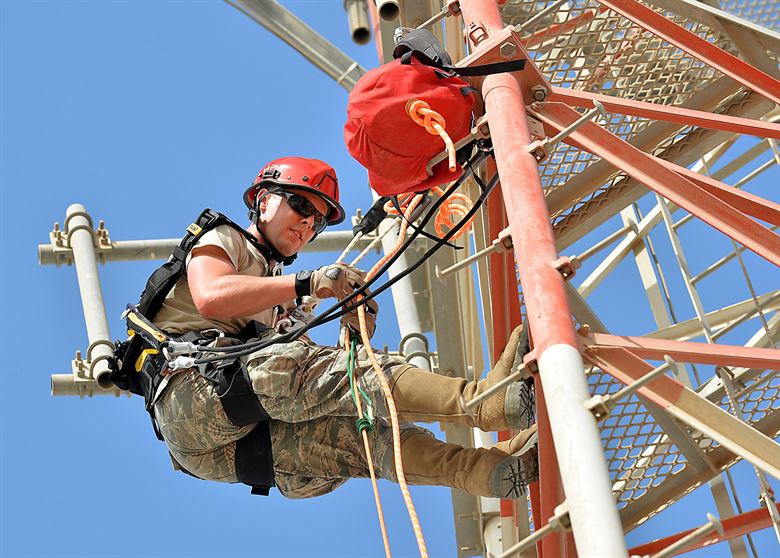Fall protection is the most often-cited safety violation by OSHA (U.S. Occupational Safety & Health Administration). According to OSHA, we can attribute more than 100,000 injuries and deaths to work-related falls. Not to mention that, in addition to lost lives and permanent injuries, companies lose millions each year from liability claims and increases in workers’ compensation and insurance premiums.
Because falls are the number-one cause of injuries and deaths, fall protection is essential in any corporate safety program. A fall protection program must cover the basics, include the protective equipment to be used, and detail training and safety procedures.
A detailed fall protection program should include:
Rescue planCompanies should do everything they can to prevent people from falling. However, accidents can still happen, so they need to be prepared by making a rescue plan. What happens if someone falls? How do you rescue him or her? When rescuing a worker in suspension, you only have a small timeframe to do it. A rescue plan contains a detailed description of the situation, rescue materials used, and the rescue team.
Fall-hazard assessmentA fall-protection plan is the start of every great safety program for working at height. Fall hazards in the site are analyzed and included in the plan, along with the selected measures to combat these hazards. Some of the subjects that need to be thought out in this plan are personal protective equipment (PPE), fall-protection equipment, safe zones, company safety measures, and training.
Training requirementsAll personnel who work at height must be trained in safety procedures, use of PPE and fall-protection equipment, and identifying safety risks. The type and extent of the training your personnel receives is the backbone of your fall-protection plan. The importance of proper training should never be overlooked.
Prework inspectionAll PPE must be inspected before use, which is something that every fall-protection program and PPE manufacturer should point out. PPE keeps personnel safe at height, which is why it should be inspected for deformations and damages every time before the work begins.
Last-minute risk analysis (LMRA)Often a short checklist, LMRA is another safety policy that will benefit any fall-protection program. Before personnel enters an area where there are fall hazards, they should conduct a short assessment. That is done to exclude potential risks and create awareness of the fall hazard.
Roof-access policyAnother important company safety policy is the roof-access policy. It will help you make sure you know who has access to the roof and that the people who can access it know how to work safely at height.
Implementing the latest safety practicesFall-protection equipment must comply with regulatory standards, but there’s another step you can take to reduce them. The American National Standards Institute (ANSI) represents a consensus of industry experts. Fall equipment that meets both regulatory and ANSI standards will give you peace of mind.
Takeaway
Fall protection is a continuous process and having a fall-protection program will help you manage and mitigate the risks.











